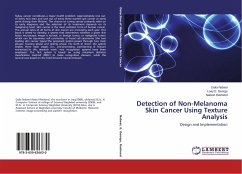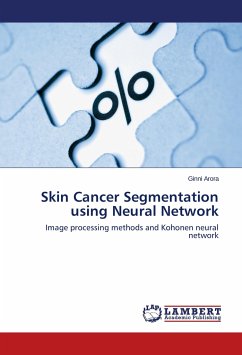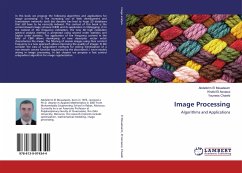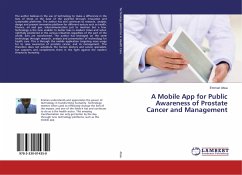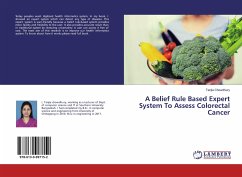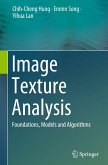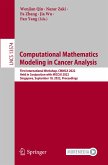Today, cancer constitutes a major health problem. Approximately one out of every two men and one out of every three women get cancer at some point during their lifetime. The chance of curing cancer primarily relies on its early diagnosis and the selection of its treatment depends on its malignancy level. Skin cancer is the most common form of human cancer. The annual rates of all forms of skin cancer are increasing each year. This book is aimed to develop a system that determines whether a given skin lesion microscopic image is normal, or benign tumor, or malignant tumor which can be squamous cell carcinoma, or basal cell carcinoma (the two leading skin cancer types).The proposed system passes through two main phases: training phase and testing phase. For both of them, the system implies three main stages (i.e., pre-processing, partitioning & feature extraction).In this research work, two recognition systems have been employed. The first system is based on using minimum distance classification method (MDC) to make recognition decision, while the second was based on the feed forward neural network.

